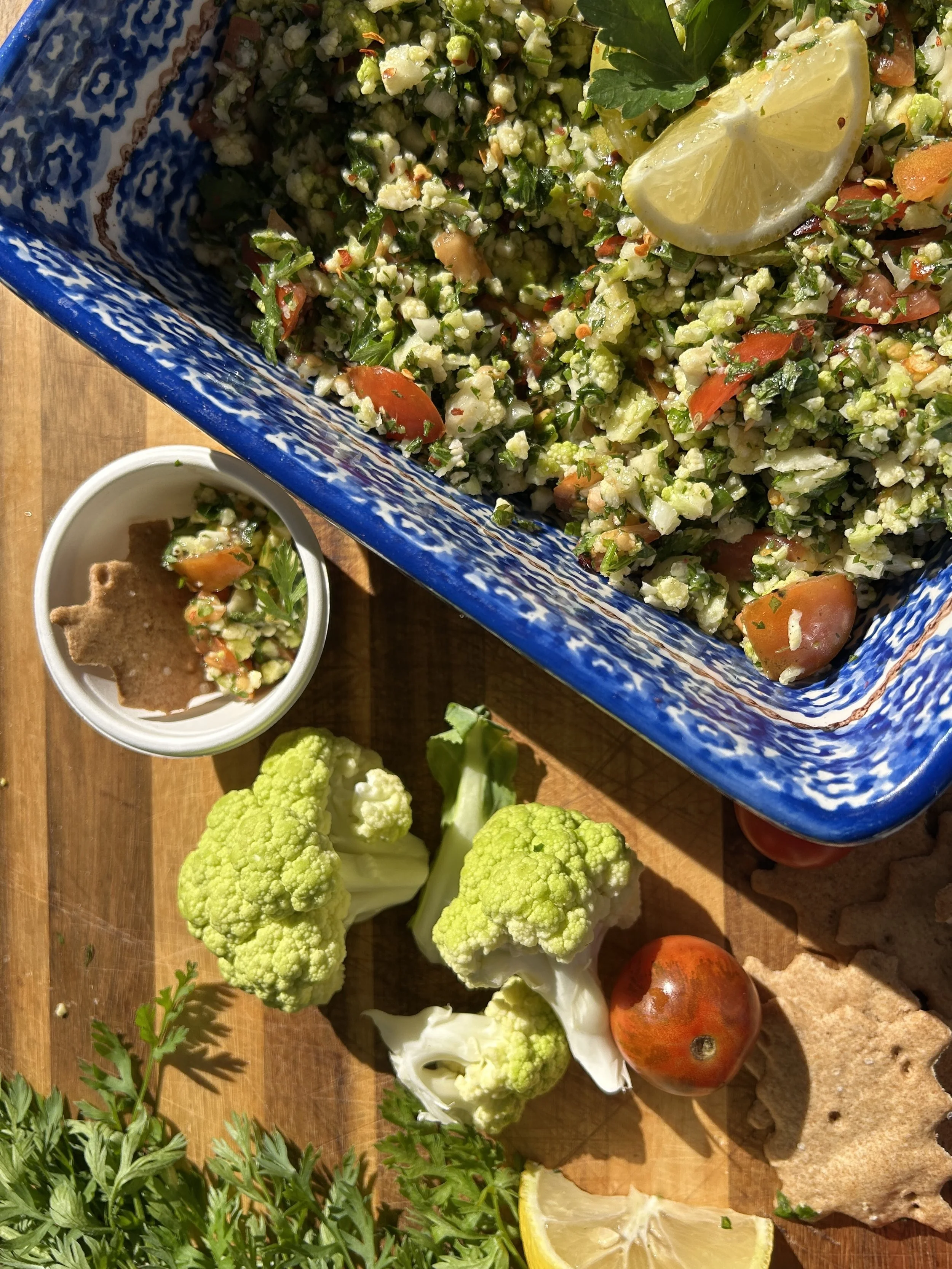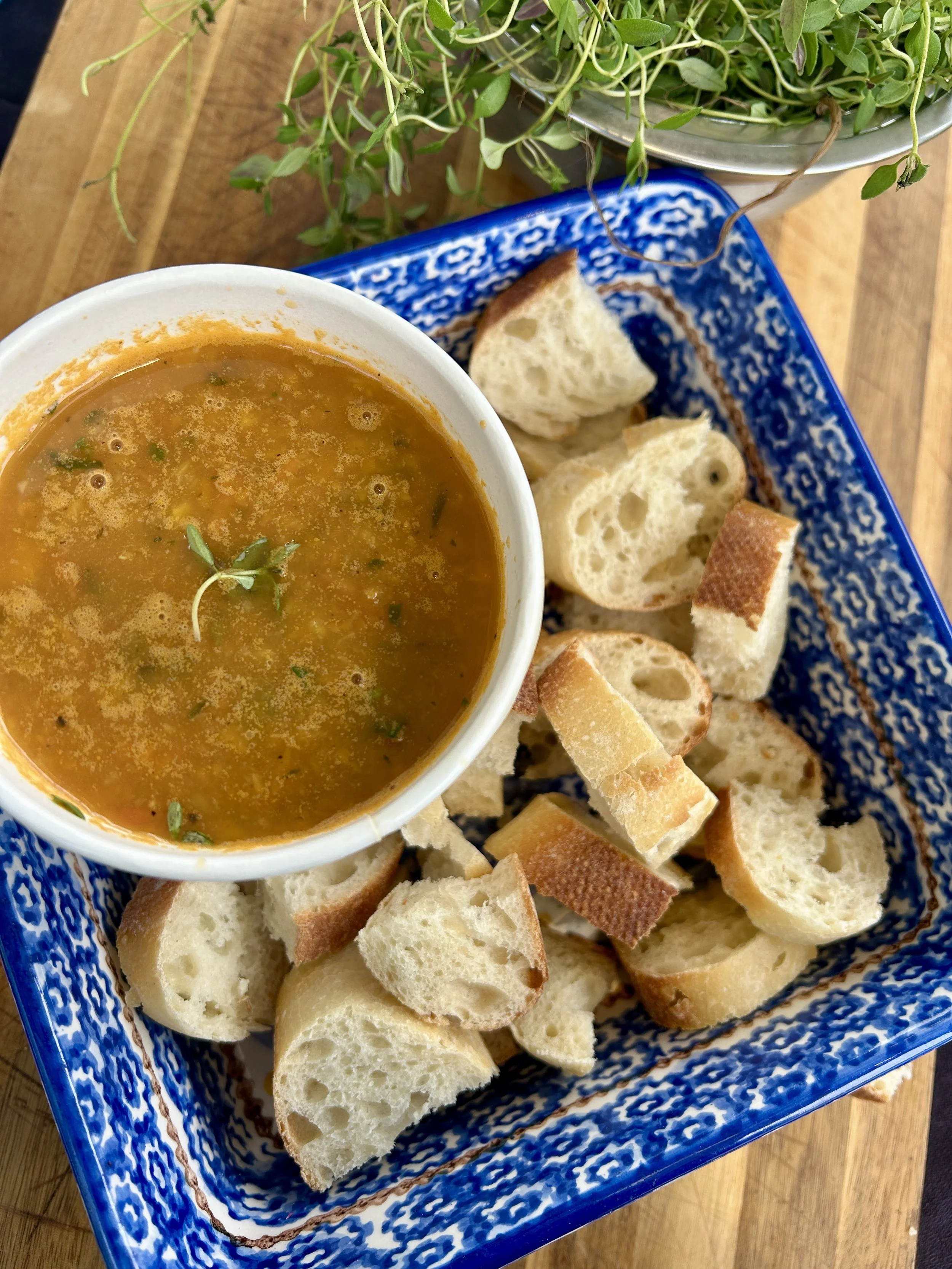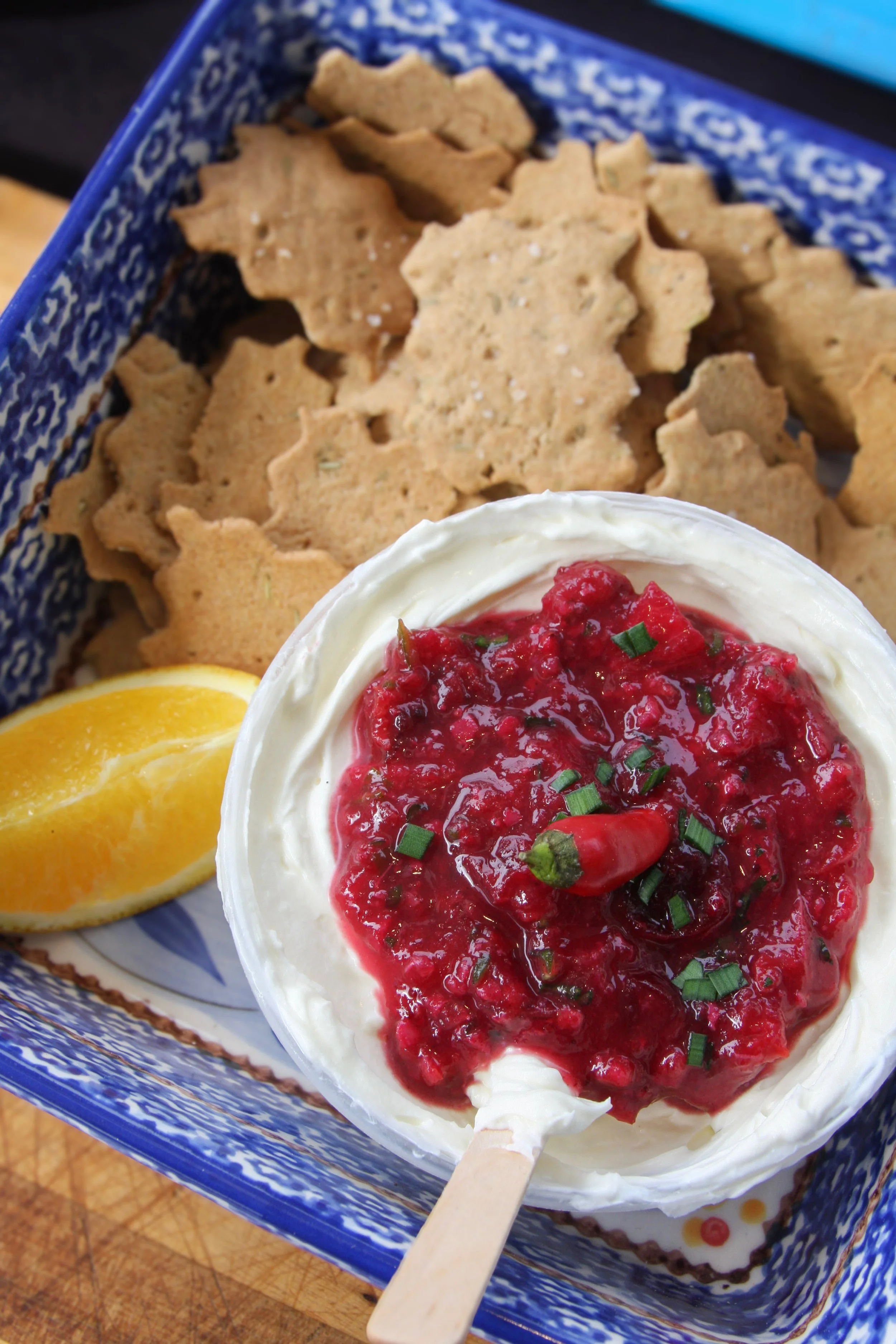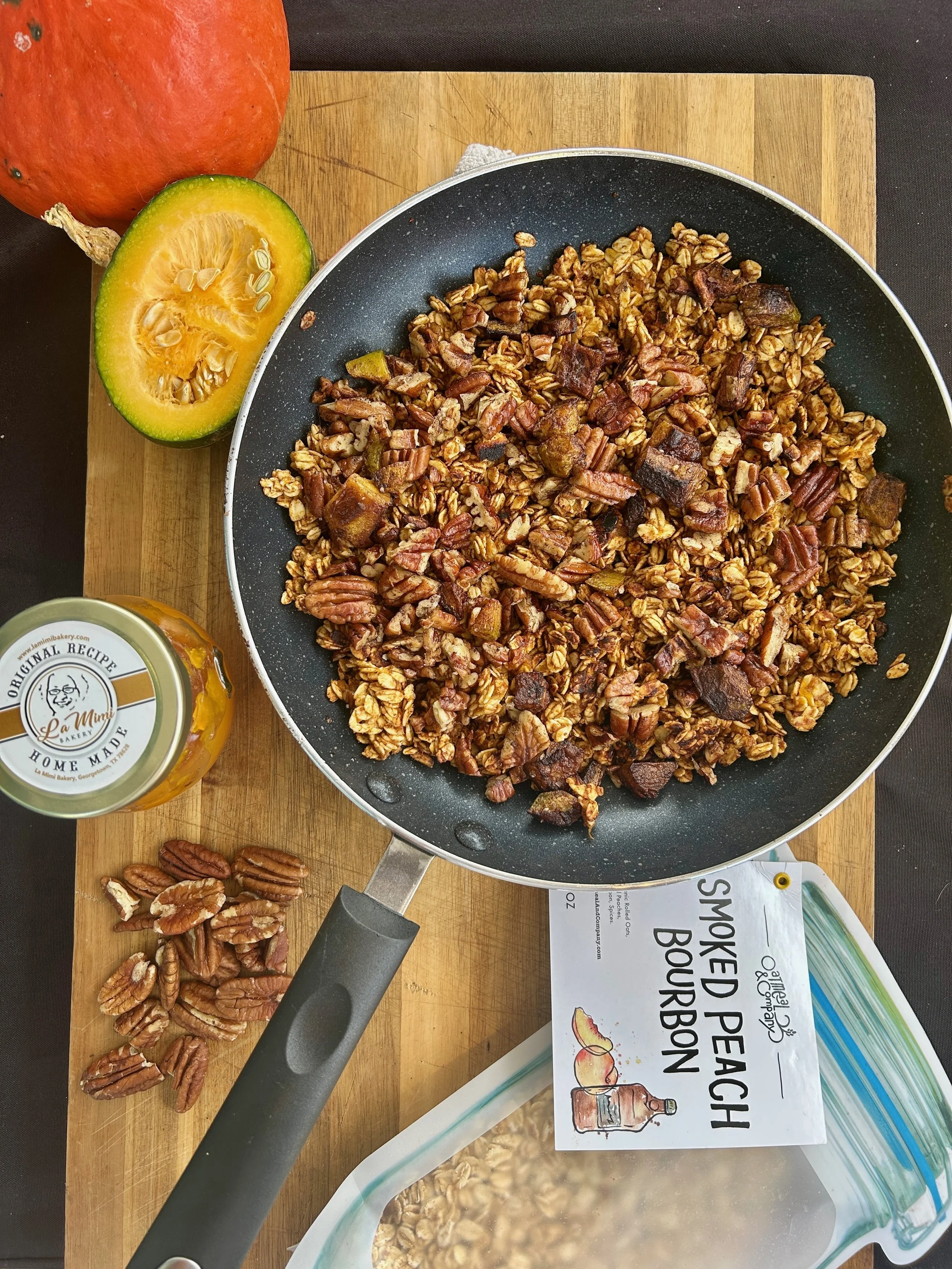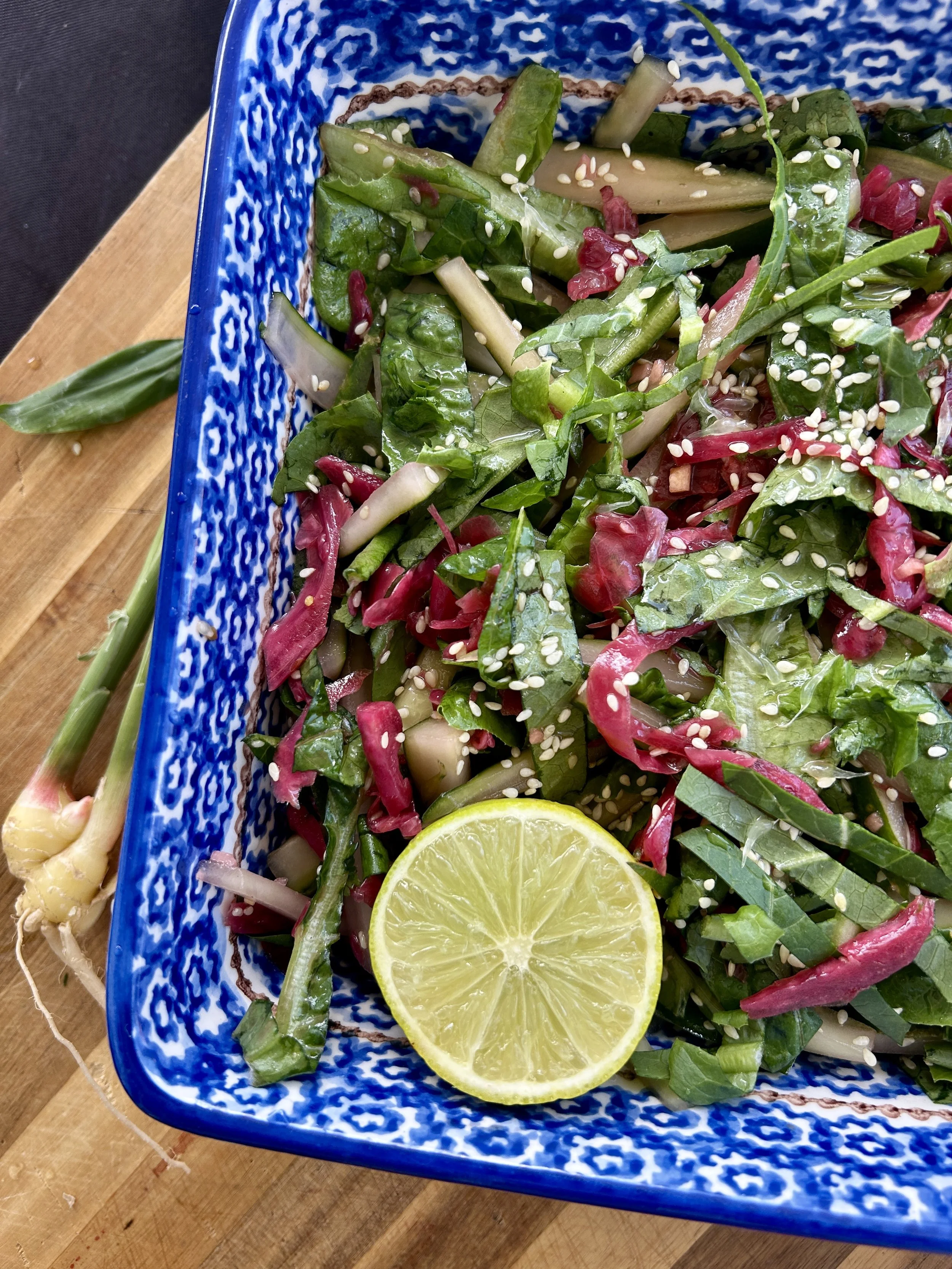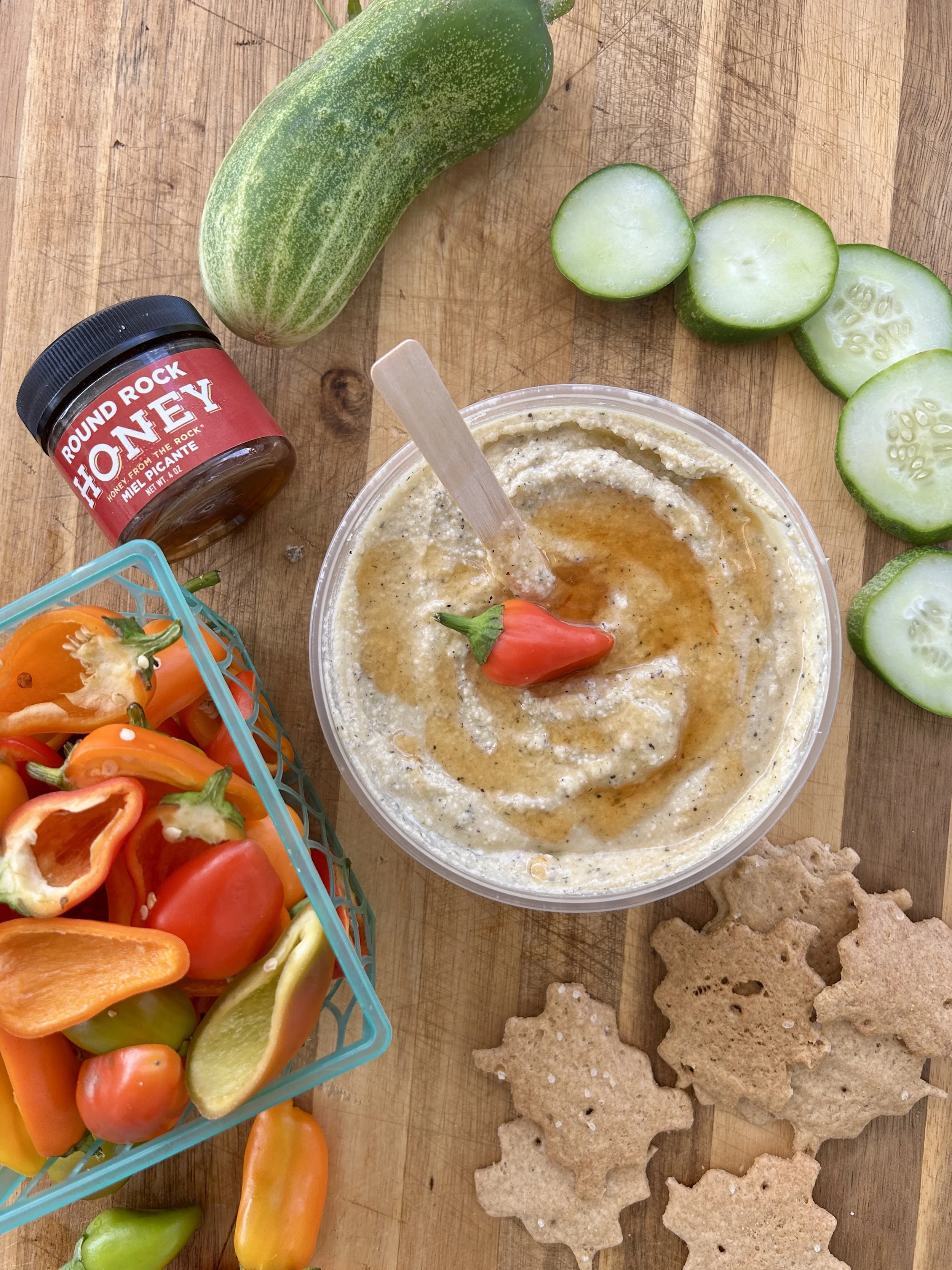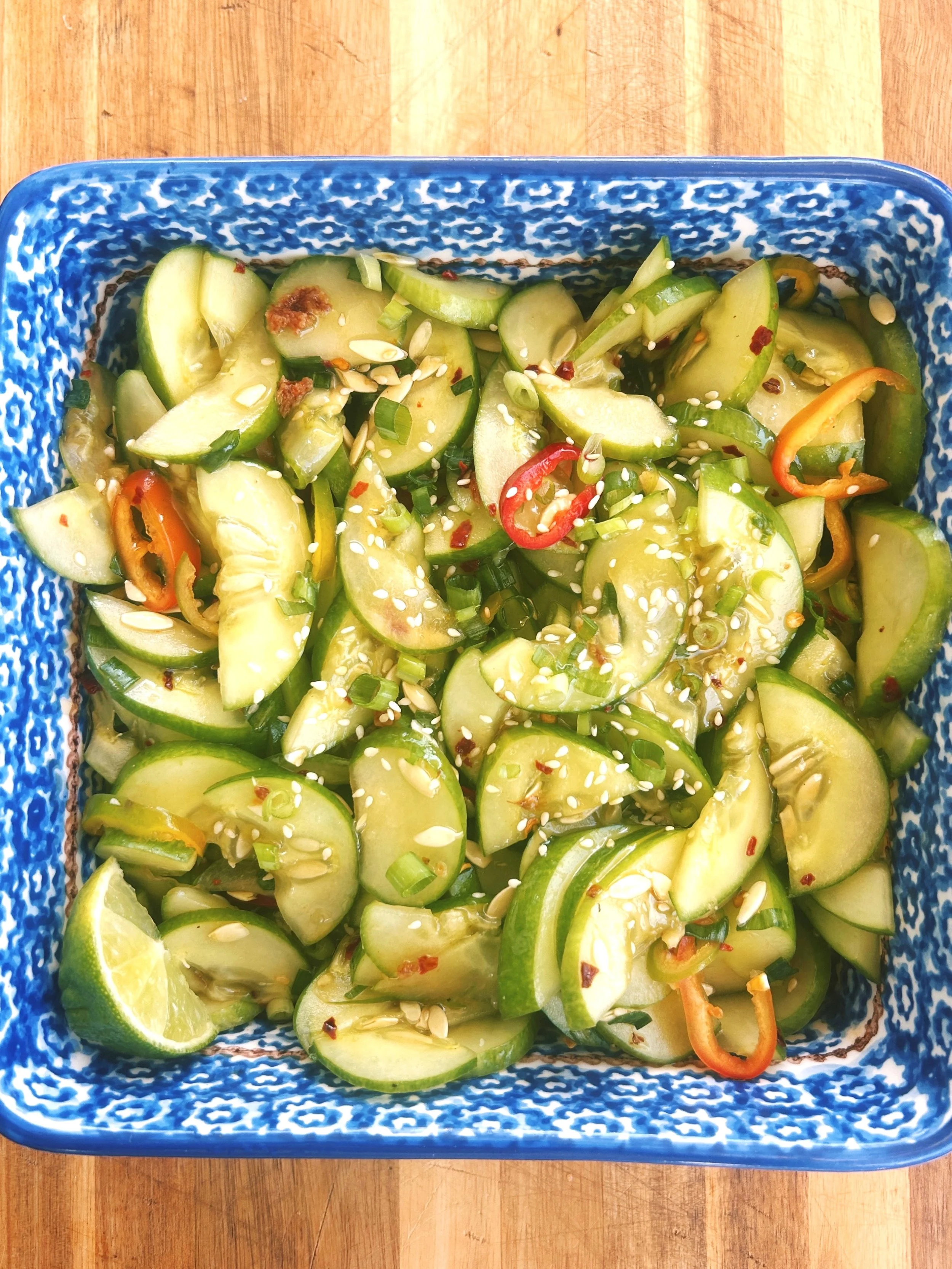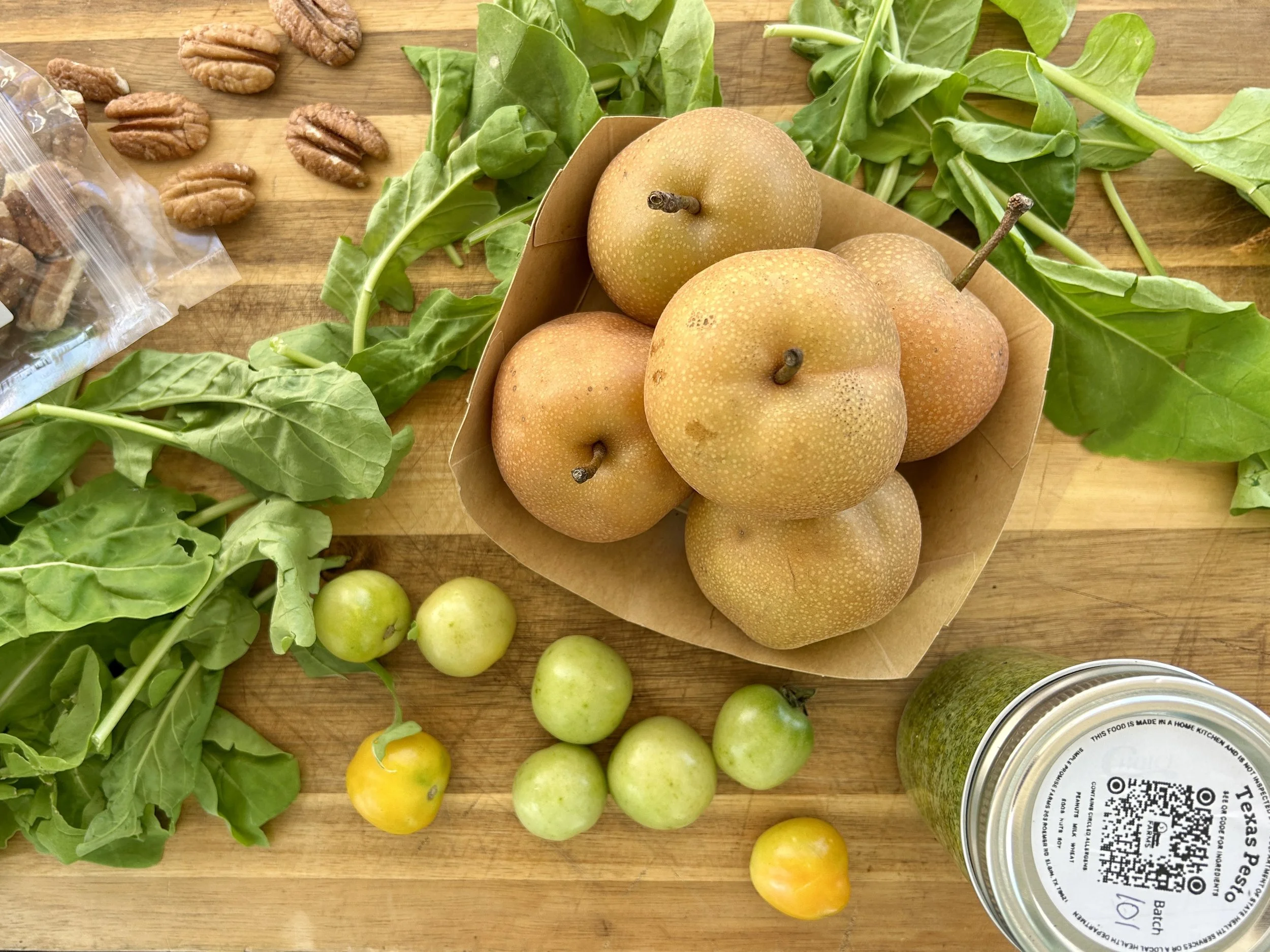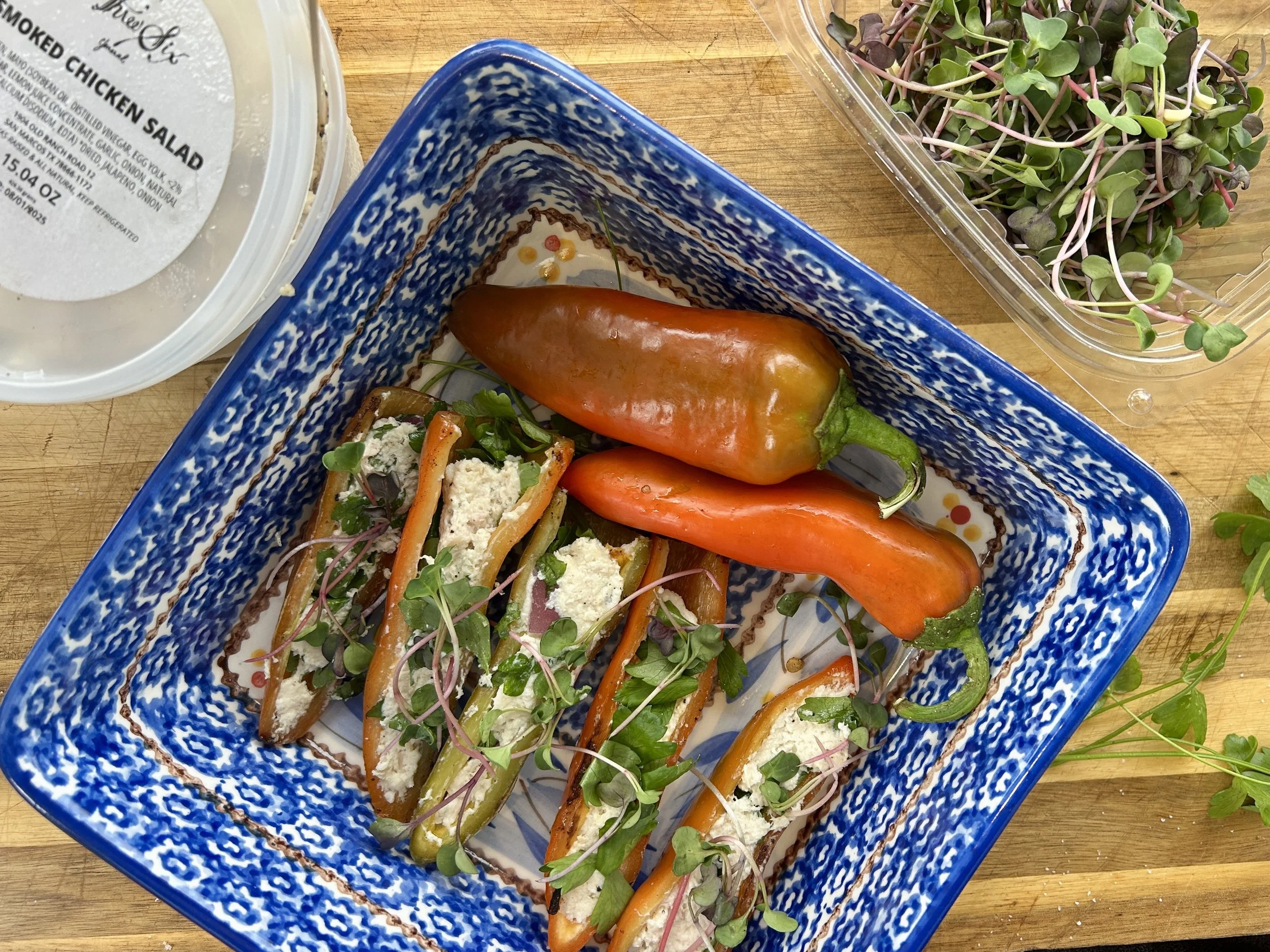
TEXAS FARMERS MARKET RECIPES
EAT SEASONALLY!
Filter Ingredients
- Squash 1
- agrodolce 1
- almond eggplant pesto 1
- arugula 2
- asian greens 1
- asian greens salad 1
- asian long beans 1
- baguette 2
- balsamic vinegar 1
- basil 8
- beans 2
- beets 5
- beetsalad 1
- bok choy 3
- bone broth 1
- brown butter 1
- brown butter radish 1
- bruschetta 2
- butternut squash 1
- cabbage 4
- cabbage carrot slaw 1
- caesar 1
- caprese 1
- caramelized onions 1
- carrot 2
- carrot top 1
- carrot top chimichurri 2
- carrot top pesto 1
- carrot tops 4
- carrots 12
- cashew cheese 1
- cauliflower 3
- celery 3
- celery leaf chimichurri 1
- celery leaves 1
- chard 1
- cheese 4
- cheesy 1
- cherry tomatoes 3
- chicken 1
- chicken salad 1
- chickpeas 2
- chili 1
- chili oil 1
- chilled rice noodles 1
- chimichurri 2
- chives 2
- cilantro 4
- collard greens 1
- condiment 1


